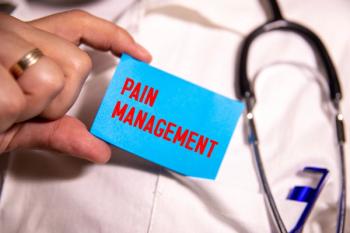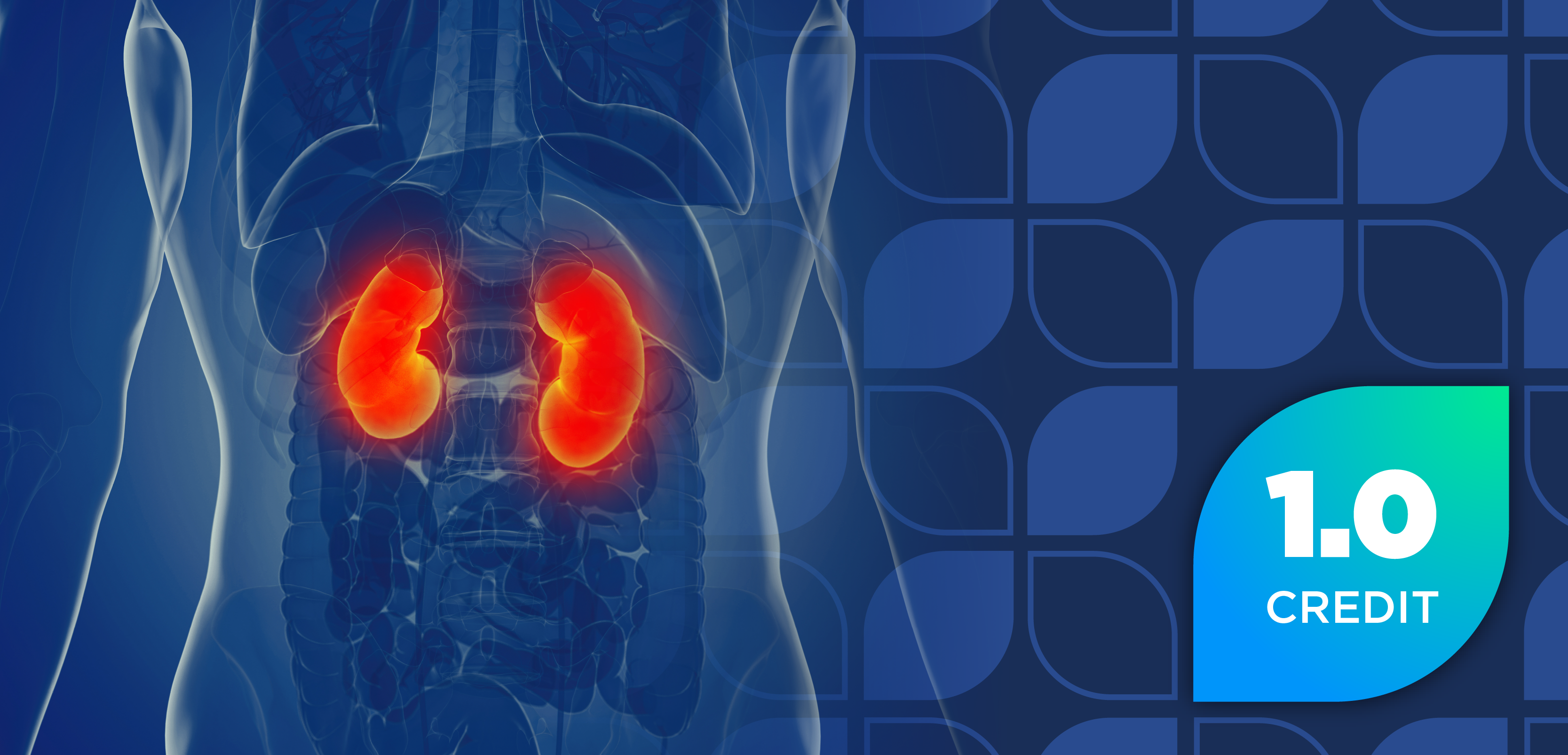
Study Highlights Safety Concerns With Tramadol, Calls for Careful Prescribing
Key Takeaways
- Tramadol showed a statistically significant improvement in chronic pain scores, but the effect size was not clinically meaningful.
- The study found a higher incidence of serious adverse events, including cardiac events and neoplasms, associated with tramadol.
Tramadol provides only limited pain relief while carrying a significant risk of serious adverse effects.
The benefits of tramadol (Ultram; Janssen Pharmaceuticals) for chronic pain may not outweigh the risks, according to a study published by researchers from the Centre for Clinical Intervention Research at Rigshospitalet in Copenhagen, Denmark. The investigators reported that tramadol was associated with an improvement in chronic pain on the numerical rating scale (NRS), although the certainty of evidence was low (mean NRS difference, −0.93 points; 97.5% CI, −1.26 to −0.60; P < .0001).1
Tramadol is the most commonly prescribed and recommended opioid medication indicated for the treatment of moderate to severe chronic pain. Tramadol was approved in 1995 and works by targeting several opioid receptors in the central nervous system, a mechanism shared with other opioid analgesics. It was initially classified as a noncontrolled substance. In recent years, its use increased significantly, with a recorded 11,758 million defined daily doses (DDD) of tramadol (1 DDD=300 mg) consumed worldwide between 1990 to 2009.1,2
“This increase is likely driven by its perceived benefits, including what physicians may view as a [favorable] adverse effects [AE] profile and the widespread belief that it is safer and less addictive than other short-acting opioids,” the researchers said in their paper. “However, evidence indicates that tramadol carries a comparable or even greater risk of transitioning from acute to prolonged use compared with other short-acting opioids.”1
The researchers performed a systematic review and meta-analysis of randomized clinical trials to evaluate the efficacy and safety of tramadol for chronic pain. The review followed the Trial Sequential Analysis framework and applied the Grading of Recommendations Assessment, Development and Evaluation (GRADE) approach to assess the certainty of evidence.1
The main outcomes included pain levels, AEs, quality of life, dependence, abuse, and depressive symptoms. A total of 19 randomized, placebo-controlled clinical trials enrolling 6506 participants were included in the analysis. All outcomes were determined to be at high risk of bias.1
Meta-analysis and Trial Sequential Analysis demonstrated that tramadol provided a statistically significant improvement in chronic pain scores (mean difference in numerical rating scale [NRS], −0.93 points; 97.5% CI, −1.26 to −0.60; P < .0001). However, the certainty of evidence was low, and the effect size fell below the predefined minimal important difference of 1.0 point on the NRS, suggesting the improvement may not be clinically meaningful.1
Further analysis using beta-binomial regression found evidence of a harmful effect of tramadol on serious adverse events (OR, 2.13; 97.5% CI, 1.29–3.51; P = .001), with moderate certainty of evidence. This finding was primarily driven by a higher incidence of cardiac events and neoplasms among participants receiving tramadol.1
“Tramadol may have a slight effect on reducing chronic pain (low certainty of evidence) while likely increasing the risk of both serious (moderate certainty of evidence) and nonserious adverse events (very low certainty of evidence),” the authors wrote. “The potential harms associated with tramadol use for pain management likely outweigh its limited benefits.”1
The study’s findings contribute to a growing body of evidence questioning tramadol’s place in chronic pain management. Although the drug has often been perceived as a milder opioid option, the analysis highlights gaps between its clinical reputation and the data supporting its use. Researchers noted that the small reduction in pain intensity did not meet the threshold for meaningful improvement, although the associated risks raise important considerations for prescribers and policymakers.
“Given the limited analgesic benefits and increased risk of harm, tramadol use for chronic pain should be reconsidered,” the authors suggest, “with preference for safer alternatives and further high-quality trials to clarify its risk–benefit profile.”1
REFERENCES
1. Barakji JA, Maasgaard M, Petersen J, et al. Tramadol versus placebo for chronic pain: a systematic review with meta-analysis and trial sequential analysis. BMJ Evidence-Based Medicine. October 7, 2025. doi: 10.1136/bmjebm-2025-114101
2. George J. Risks of tramadol likely outweigh benefit for chronic pain. MedPage Today. October 7, 2025. Accessed October 9, 2025. https://www.medpagetoday.com/neurology/painmanagement/117842?xid=nl_mpt_Psychiatry_update_2025-10-08&mh=ef2054e9afe8e260ddeda1ff522f3904&zdee=gAAAAABowsUIxzBpy76cSZg36qUVNmTKAenJCKbCGMe8b6S8jhTCxoIrzpXrQq_F5LIL0DqzbpkrzMhTPOBSom2eP29SlNQK48IQ-GvUQtvr4VaEYnySXog%3D&utm_source=Sailthru&utm_medium=email&utm_campaign=Automated%20Specialty%20Update%20Psychiatry%202025-10-08&utm_term=NL_Spec_Psychiatry_Update_Active
Newsletter
Stay informed on drug updates, treatment guidelines, and pharmacy practice trends—subscribe to Pharmacy Times for weekly clinical insights.


























































































































































































































